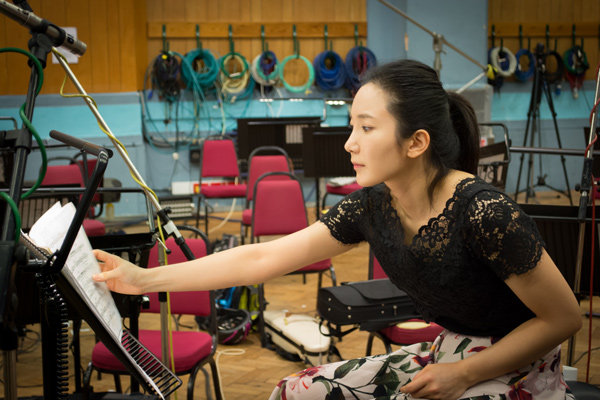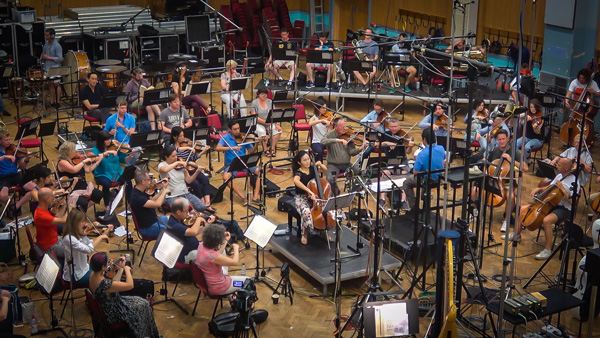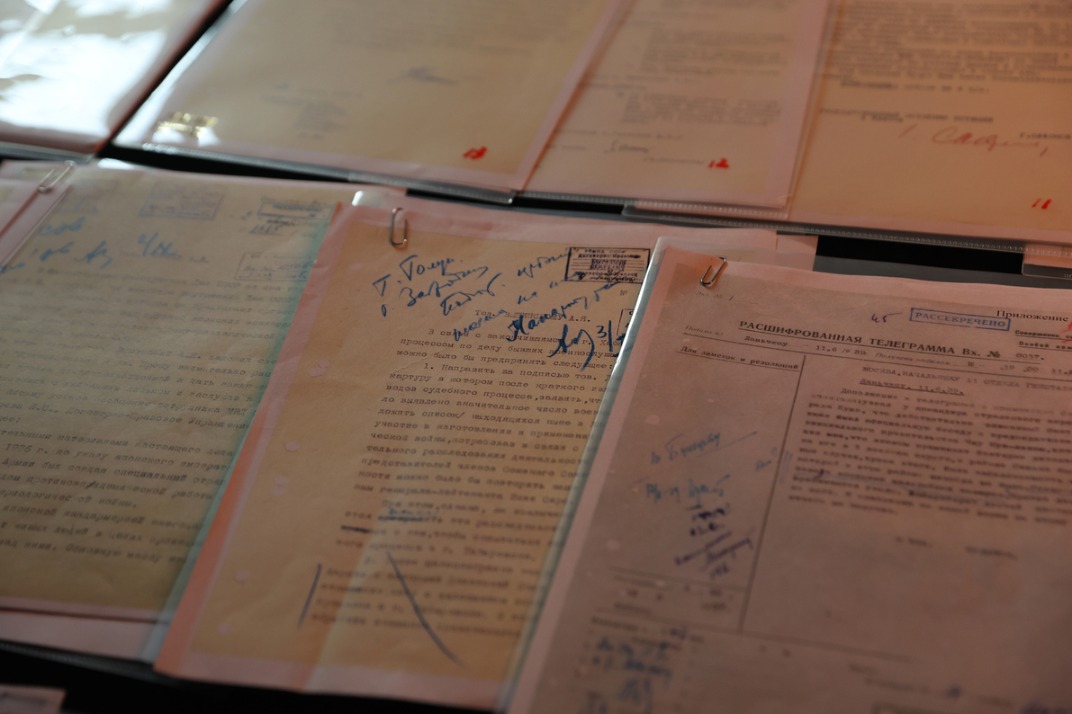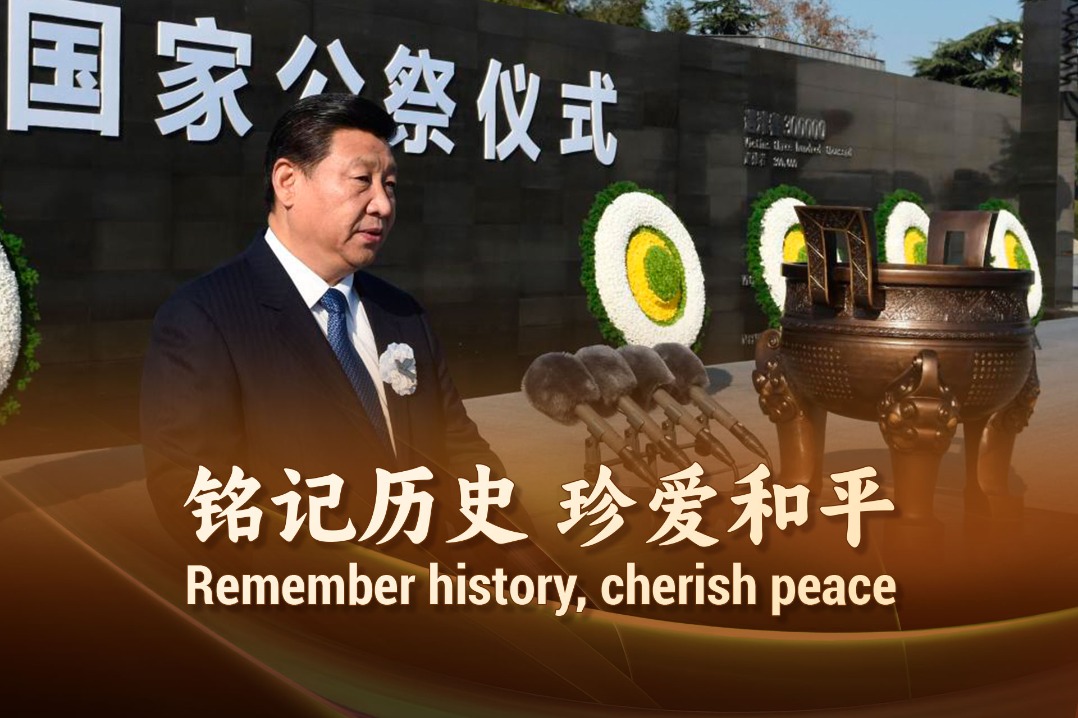Hee-Young Lim: An unexpected journey of a cellist
By Li Wenrui | chinadaily.com.cn | Updated: 2019-01-17 09:07

Her CD opens with Cello Concerto No.1 by Saint-Saëns. "As a cellist it's a great piece because you have three movements without a break. It's like one, 17-minute breath. And there is also a lot that is technically virtuosic and splashy for the cellist, many things to convey in this short concerto, right from that explosive beginning."
She paints a picture of a work full of contrasts. "You have the wild, elemental first movement, and then in the second Saint-Saëns presents the minuet form, very classical and elegant. In the third movement the elements are back but there is such a melancholy here." Or is there? She considers. "That third movement doesn't need to be that emotional. So you have to hint at the chasms of emotion but you don't show it."
As if by way of compensation for such a subtle balancing act, Saint-Saëns does allow his cellist a rare joy. "This concerto takes the cello right across the range, from very low to very high," says Lim, "It's very satisfying and special to show the very lowest register of the cello, which I love and you don't get to do that often!"
While the second part Lalo's Cello Concerto (composed only four years after the Saint-Saëns) is teeming with flamenco rhythms, with a sense of Spanish drama.
"This is a personal view," she says, "but the cello line near the opening of the first movement is very strong and very masculine, and then the first theme feels like soldiers journeying to the mountains for the fight, and then the second theme comes and it has a very melodic, singing quality. Suddenly we could be telling the story of Carmen, where the soldiers are seduced by this lady, and then back we go with the trumpets to the sounds of war!"

"There's something Spanish about all of that for me, although filtered through a French composer." She laughs. "It's fine if other people have other images in their heads when they hear this work. The point is that it feels very pictorial, which as the soloist you feel keenly because of these dramatic contrasts."
The third major work of the CD, The Cello Concerto No.1 of Darius Milhaud, which was composed after the Great War, brings a shift in era. Modernism and jazz shoot through Milhaud's works, and this concerto at times seems to be a bridge between worlds old and new.
Lim was attracted to the concerto's "many layers - there is a sense of tension at the beginning and then suddenly the scene changes and you can imagine Paris in the 1920s and 30s, with jazz in the air, people strolling the streets, people relaxed. It's like a movie. Then the second movement goes dark and haunting, almost like the composer is trying to shake off the memories of WWI, and then the last movement is festive." Festive, yes, but with unexpected little dissonances that suggest the shadows of the war will not be so easily cast aside.
These three major works, together with two shorter pieces that make up the album, comprising a powerful survey of great French cello-and-orchestra repertoire. "I think these sorts of curated collections work well in the digital age," says Lim, "I know that streaming sometimes means people don't listen to an entire album, well, they will have enough choice to listen! Today they can listen to one of the concertos, another time one of the other. The main thing is that people hear this wonderful music."
- Renowned musical duo strikes a significant chord with Shanghai audience
- Veteran stage actor, director unveils life of the theater
- Ancient roots with sharp modernity: Nobel laureate on Chinese culture
- Bake off: Celebrity chef on pastries, China and much more
- Su Han: Student singer brings rhythm to AI























